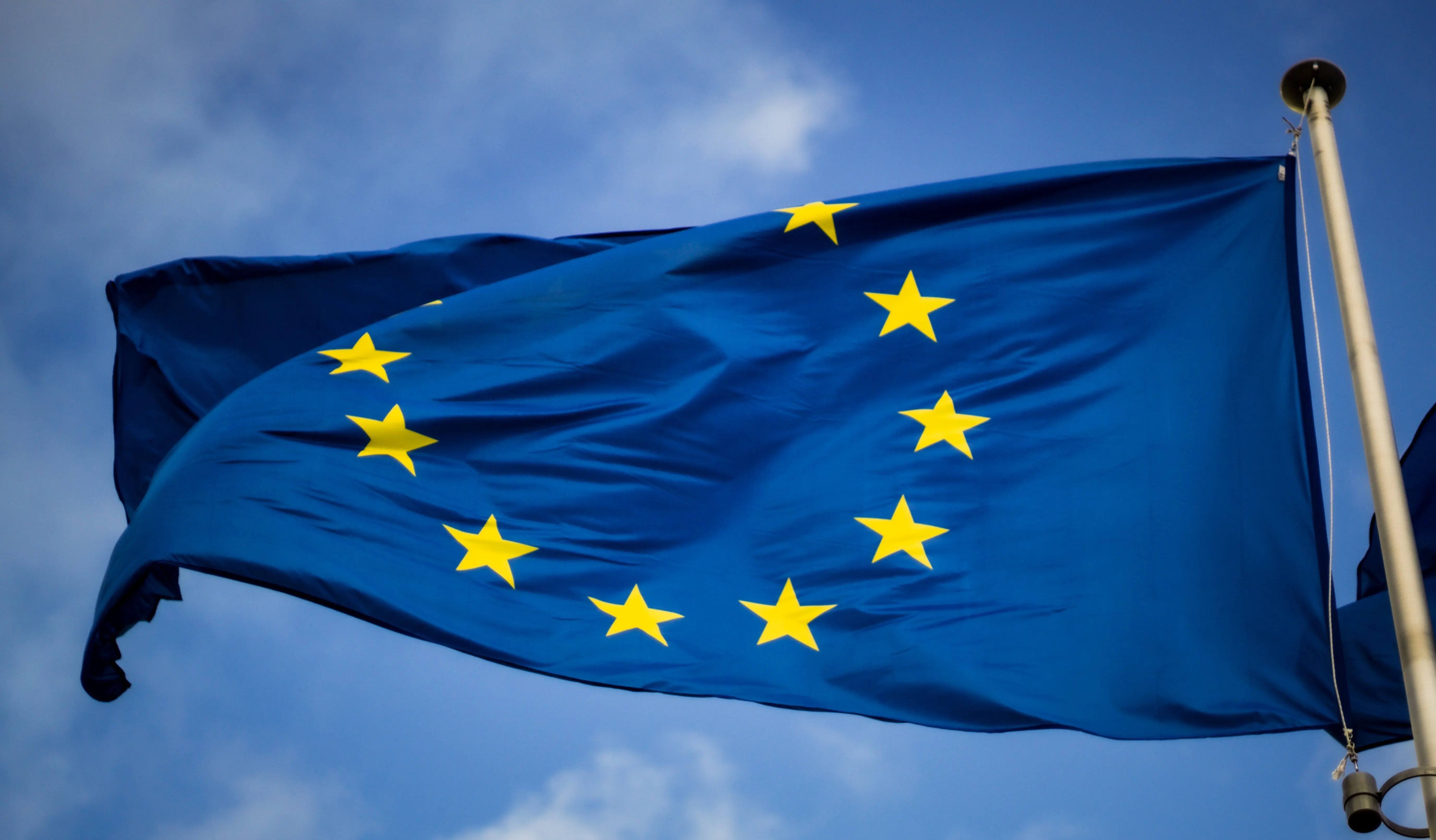
The European Commission reiterated that SFDR is disclosure-based, with investors responsible for demonstrating how their approach to sustainable investment comply with requirements. The Commission also indicates that assets covered by transition plans would not automatically be considered ‘sustainable’.
This April update was in response to questions submitted by the European Supervisory Authorities in September 2022, which covered many of the areas posing implementation challenges to investors.
IIGCC members: Read the detailed briefing on the European Commission SFDR response
The EU first introduced SFDR in March 2021 to increase transparency and make it easier to assess the credibility of investors’ sustainability-related claims. It’s designed to reduce greenwashing and ultimately encourage channelling of capital towards the EU’s climate goals.
As well as clarification on the definition of sustainable investments, the response also provided more detail on the application of EU Paris-Aligned Benchmarks, Climate Transition Benchmarks, and on the consideration of principal adverse impacts like GHG emissions at fund level.
A sustainable investment
Where funds are explicitly committed to aligning with net zero, most investors will be reporting in line with SFDR’s ‘Article 9’ classification. Defined as a fund with ‘specific sustainable investment objectives’, it must be made up almost entirely of ‘sustainable investment’ assets.
SFDR offers a relatively broad definition of what constitutes a sustainable investment. The three asks are as follows:
- It must be an investment in an economic activity that contributes to an environmental or social objective;
- It does not significantly harm any other environmental or social objectives;
- And it follows good governance practices as an investee company.
To be compliant, it’s up to investors to assess the sustainability of their holdings and to share their methodology for doing so. They will also need to clearly set out why and how transitioning assets – especially high-emitting ones – meet that ‘does not significantly harm’ (DNSH) criteria.
An asset covered by a transition plan would only be considered sustainable if the investor also assesses it as having met that DNSH test, the response confirmed.
Methodologies should include disclosure and consideration of principal adverse impacts, as well as reporting on the procedures, policies, and activities designed to mitigate them – such as engagement with investees.
“IT DOES NOT SIGNIFICANTLY HARM ANY OTHER ENVIRONMENTAL OR SOCIAL OBJECTIVES.”
Exercise caution
When considering assets more closely, the Commission clarified that sustainable investments can be measured at the level of the investee company, not just a specific activity level.
For example, a company generating 20% of its revenues from renewables can be considered as a sustainable investment in its entirety, not just that renewables segment.
While this offers investors more flexibility, the response reiterates the need to ‘exercise caution’ in assessments to avoid allegations of greenwashing.
Much like the DNSH test, with this ambiguity comes the risk that investors continue to take a wide range of approaches to assessing the sustainability of their investments; reducing the ability to compare funds and potentially exposing some to legal and reputational risks.
Asset categorisation
The Commission also clarified that passive funds tracking an EU Paris-Aligned Benchmark or Climate Transition Benchmark will meet the Article 9 criteria as a fund with ‘emissions reduction objectives.’
Actively managed funds can equally pursue emission reduction objectives without strictly tracking these benchmarks, so long as they meet the SFDR criteria mentioned above. This clarification may see some investors upgrading their fund classifications from Article 8 to Article 9.
Those following the Net Zero Investment Framework (NZIF), the most widely utilised methodology for investors who have set net zero commitments, should benefit from this added detail.
Our earlier member Q&A on NZIF and SFDR highlighted that assets which are ‘aligned to’ or ‘achieving’ net zero under the framework are more likely to meet the criteria for a sustainable investment, and therefore should fall more easily into SFDR Article 9 categorisation.
‘Aligning’ assets, or assets that are ‘committed to aligning’ under NZIF should better fit in Article 8, defined as ‘funds that promote environmental characteristics, but which do not have sustainable investment as an objective’.
Assessing each asset against the three SFDR tests mentioned above will be crucial to this labelling.
Fund-level assessments
This crossover with NZIF looks to be relevant in several ways. When assessing principal adverse impacts such as GHG emissions, for example, the Commission has asked that investors set out any engagement and due diligence conducted at fund level to address them.
NZIF’s engagement coverage goals, whether facilitated through collaborative investor engagement or the Net Zero Stewardship Toolkit may already meet this requirement. It could also help to prove how transitioning assets meet the DNSH specification where they are subject to stewardship activities.
Overall, net zero-committed investors look to benefit most from this added clarity from the Commission, despite the risks of its ‘open to interpretation’ approach.
Following well-established, science-based guidance such as the Net Zero Investment Framework should give investors the best chance of meeting these regulatory requirements without too much additional customisation.
If you’d like to take part in our policy working groups, including our EU Sustainable Finance group which engages on files like SFDR with EU policymakers, why not speak to our investor relations manager today to find out more about becoming part of IIGCC’s network.